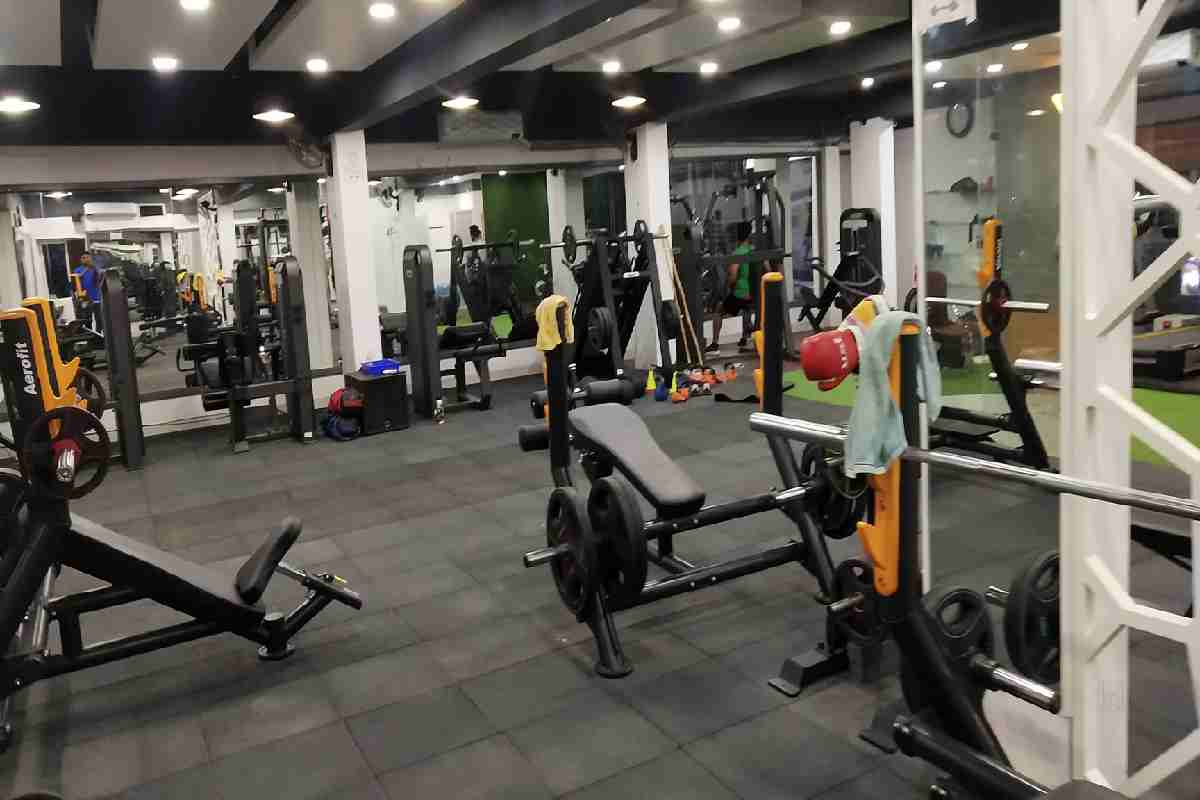Many people perform the physical exercise with the primary objective of achieving aesthetic physical improvement and ultimately achieving a body fitness or a body similar to that of a model or a fitness model.
However, there are a series of false myths or false beliefs that we have tried to clear up on occasion, so below, I will list a series of interesting tips to keep in mind when we are looking for a particular body.
Do not Copy any Diet
A widespread mistake that all people who start to take care of themselves make is copying diets already on the net. We cannot copy a diet that we find on any web page, book, blog, or magazine; because each person has a different caloric expenditure based on this diet, this is how the diet should be.
For instance, if we find a “volume” diet of 4000-kilo calories, it may be that this diet is too high for us or even somewhat low; let’s take an example: a 70Kg and 170cm tall man who has a sedentary job, practically does not walk during the day and only train, it is possible that you do not need as many calories to increase your muscles and that with these calories what you get is to gain extreme body overweight.
We have already revealed in some events that to maintain a healthy body and even to cut our body fat, in most cases, it is not compulsory to count and weigh all the food; be reasonable with the portions and take care of the food we consume, we will achieve produce a caloric deficit, however, if we talk about looking for a point exactly, it is possible that it is necessary to have complete control.
Explained this, yes, we can take as a reference a diet in terms of foods that are used and dishes that are cooked, but modify the amounts according to our needs; for this, we have four articles that will help us calculate our caloric intake:
Don’t copy a Workout Exact
As with diet, never copy a workout Exact 100%. Each person has a different state of form and can withstand an extra volume and intensity of training; we must individualize each workout and adjust it to ourselves.
It is useless to look for the routine that our reference performs as far as the body is concerned when it may be that our body does not react in the same way to the stimulus of said training, and even more so if we train and then do not comply with the adequate diet or with good rest.
We must be clear that there is no perfect training or a single training to achieve a specific goal. It is easy to find negative opinions regarding training, but if we do not try it for ourselves, we will never know which one works best for us.
It works well for many people to perform high-frequency squats, bench presses, or deadlifts, and with this, they advance in strength figures and aesthetics; however, for other people, it may not help them so much to perform training of that type, and with less frequency, they achieve better objectives. Although there is a theoretical basis that we should all adhere to, the nuances must be separate. What is clear is that we must train and be constant. Otherwise, we will not obtain results.
Be clear about our Goal
We must be very clear about our objective and at what point we are, and if possible, the Goal should be realistic. It is useless for us to look at a bodybuilder’s body if our life is not focused on bodybuilding.
In addition, many fitness models today have bodies that cannot be obtain naturally (without using chemicals), which can cause frustration among people who try and fail to achieve similar results.
If we observe too significant changes in a short time, we must be cautious and doubt if that body fitness has been achieved naturally; for example, a woman will hardly be able to gain 6Kg of lean mass in a single year, as we have already explained it in a previous article.
With this, I do not mean that a person does not have goals. Still, the goals should be realistic, and my advice is that you set goals for your own body, even if you have a reference, and from time to time, you evaluate your progress by taking measurements and looking at yourself in the mirror.

